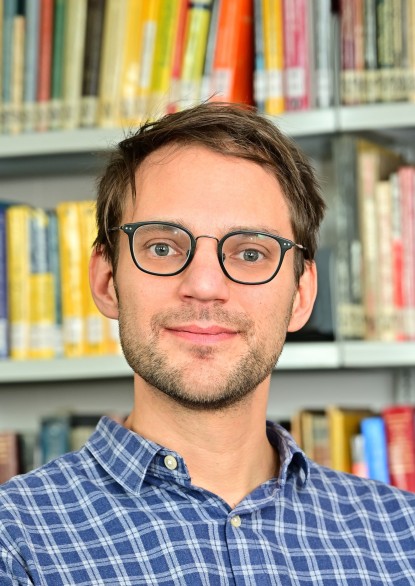Methods for Uncertainty Quantification
The design of efficient electrotechnical devices requires deep insight into the device’s electromagnetic field distribution. Today, this is typically obtained by computer simulations instead of physical prototypes. On the other hand, the available input data, e.g. boundary conditions, geometry, material curves, include uncertainties, e.g. unknown errors due to measurements or lack of knowledge. The influence of these errors can be characterized by uncertainty quantification. In the mathematical models, the corresponding parameters are substituted by random variables to describe the uncertainties.
Straightforward approaches such as Monte-Carlo simulations (cf. header image) are typically computationally too expensive. More sophisticated approaches, for example Gaussian process prediction (Kriging) or the generalized Polynomial Chaos approach, allow faster convergence and hence less computational effort. However, they may be affected by the curse of dimensionality.
The research focuses on the modeling of uncertainties in the context of partial differential equations, efficient methods for the quantification and (robust) optimization.


